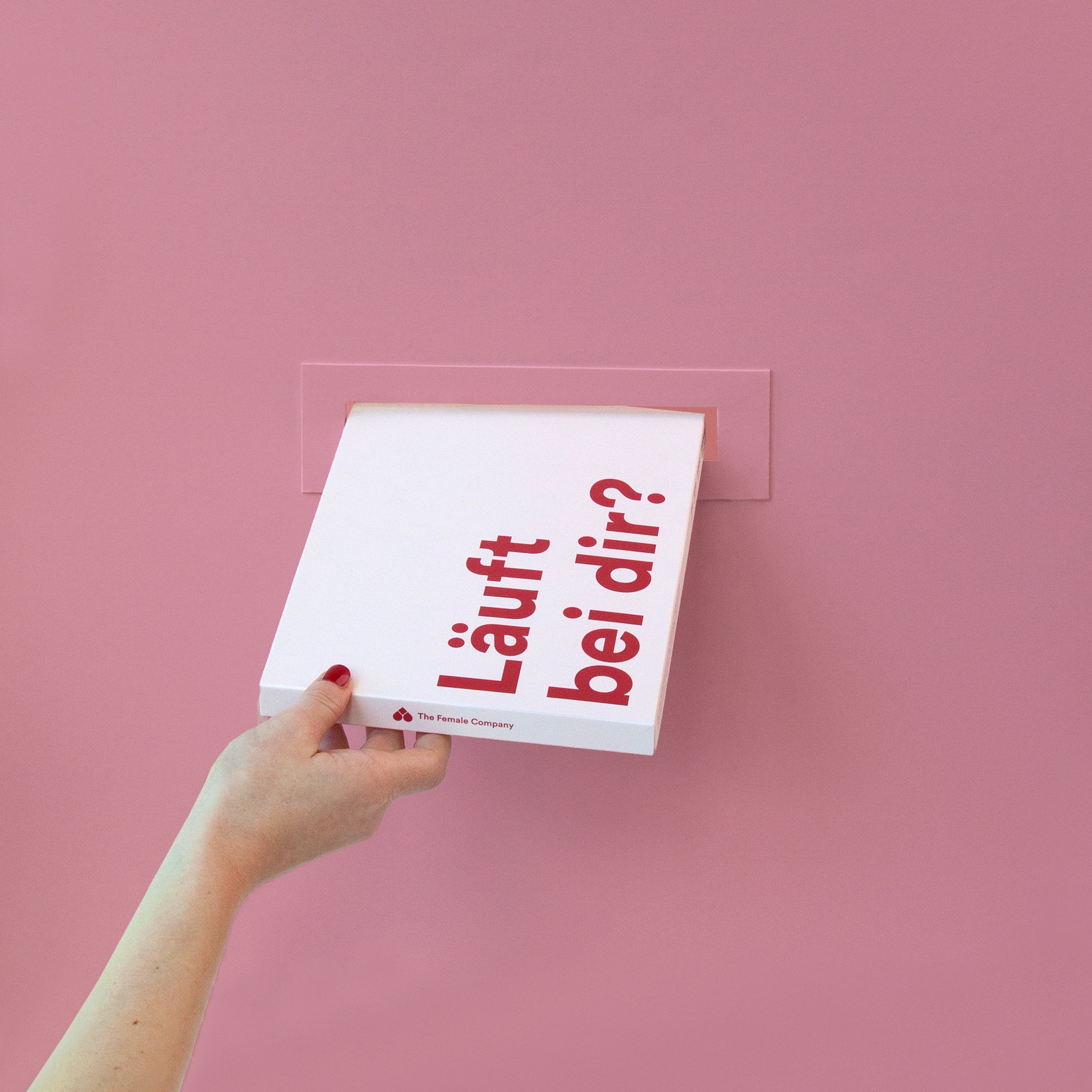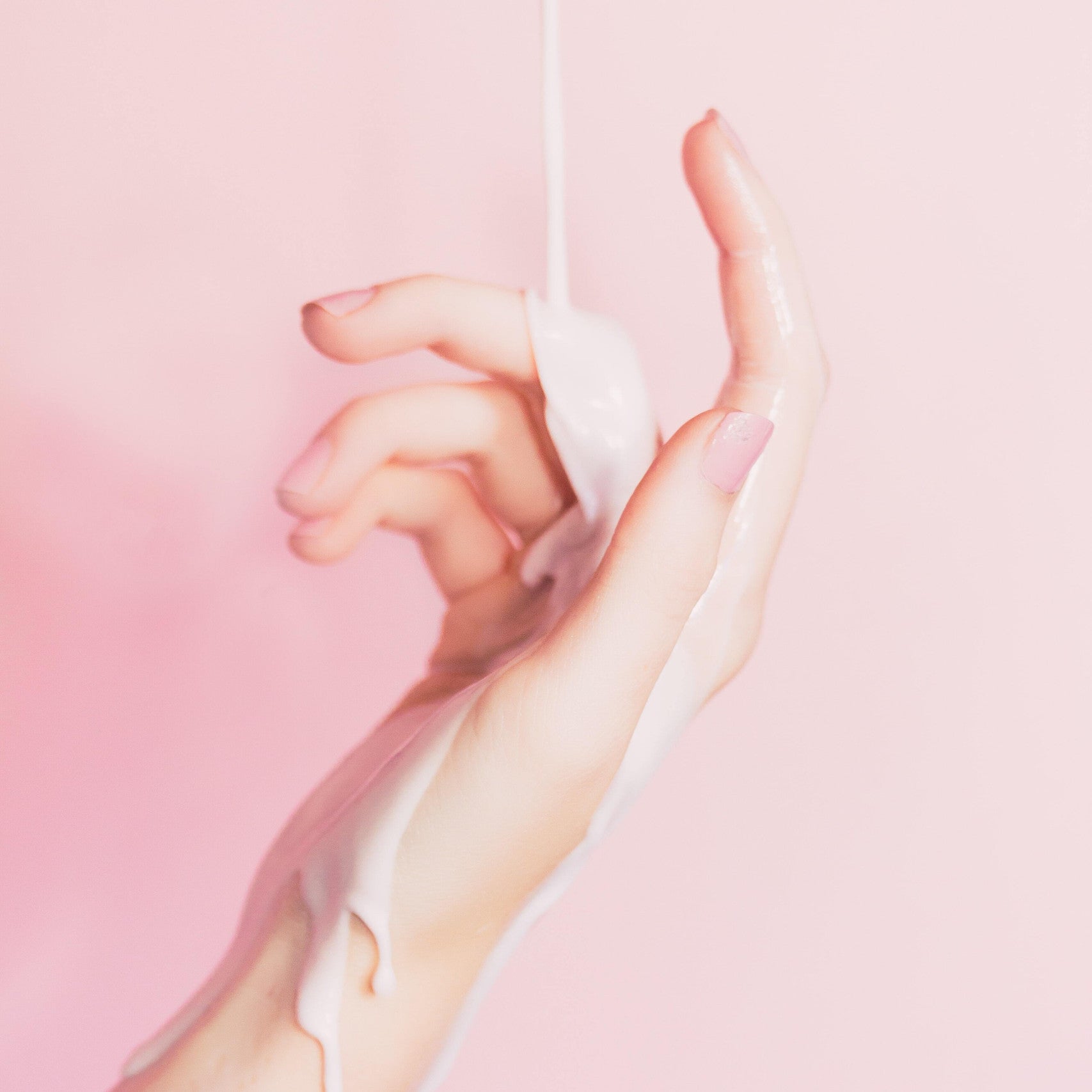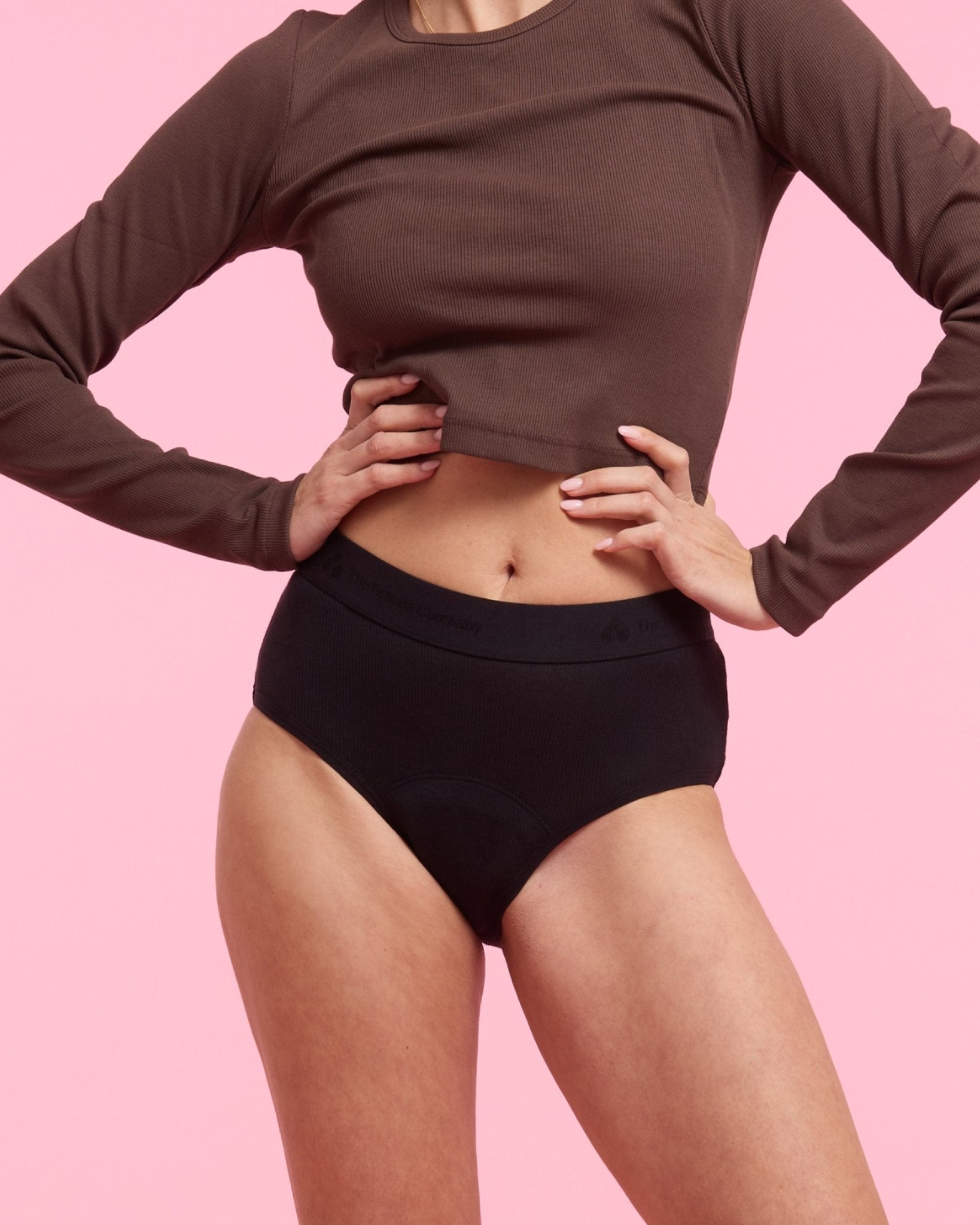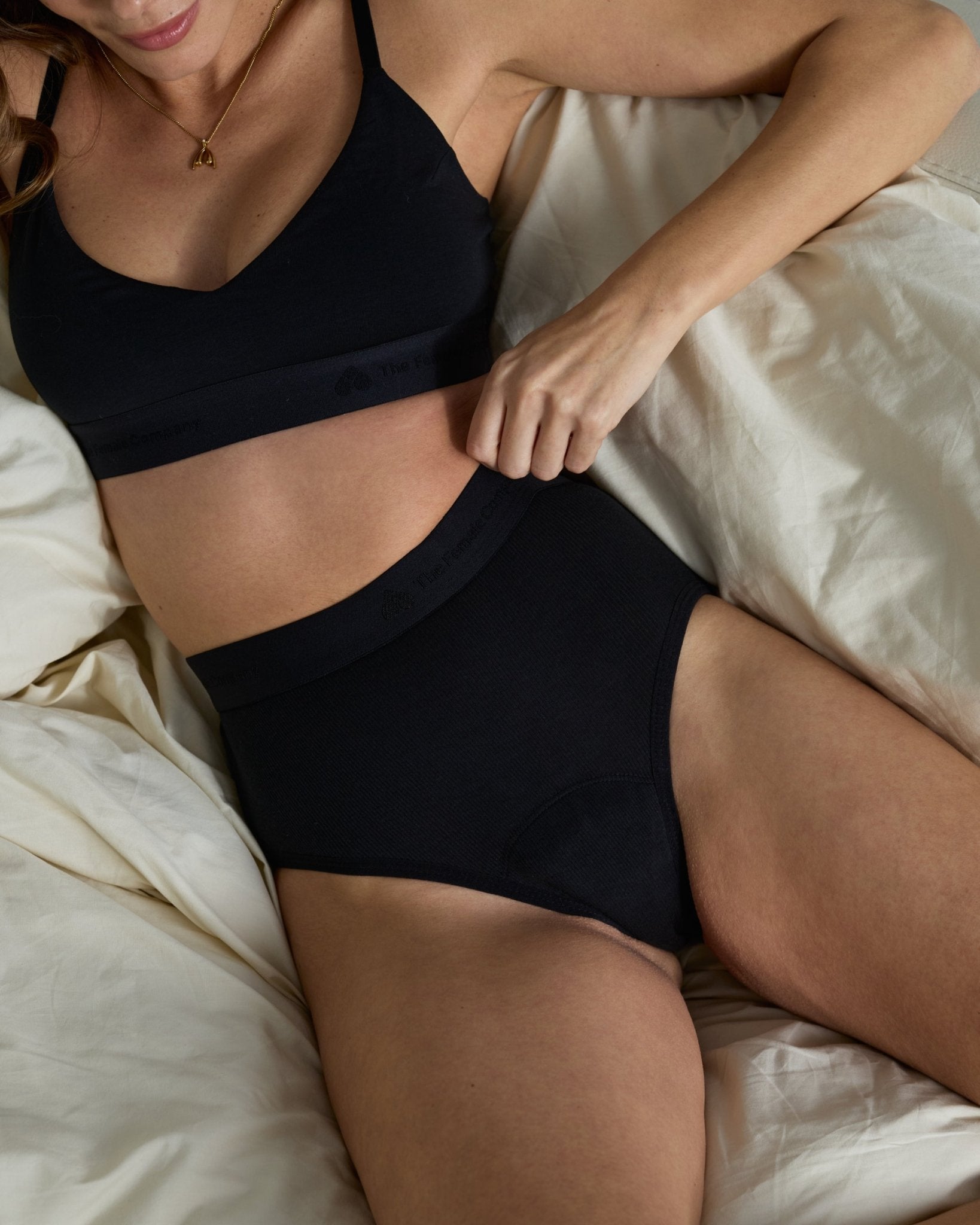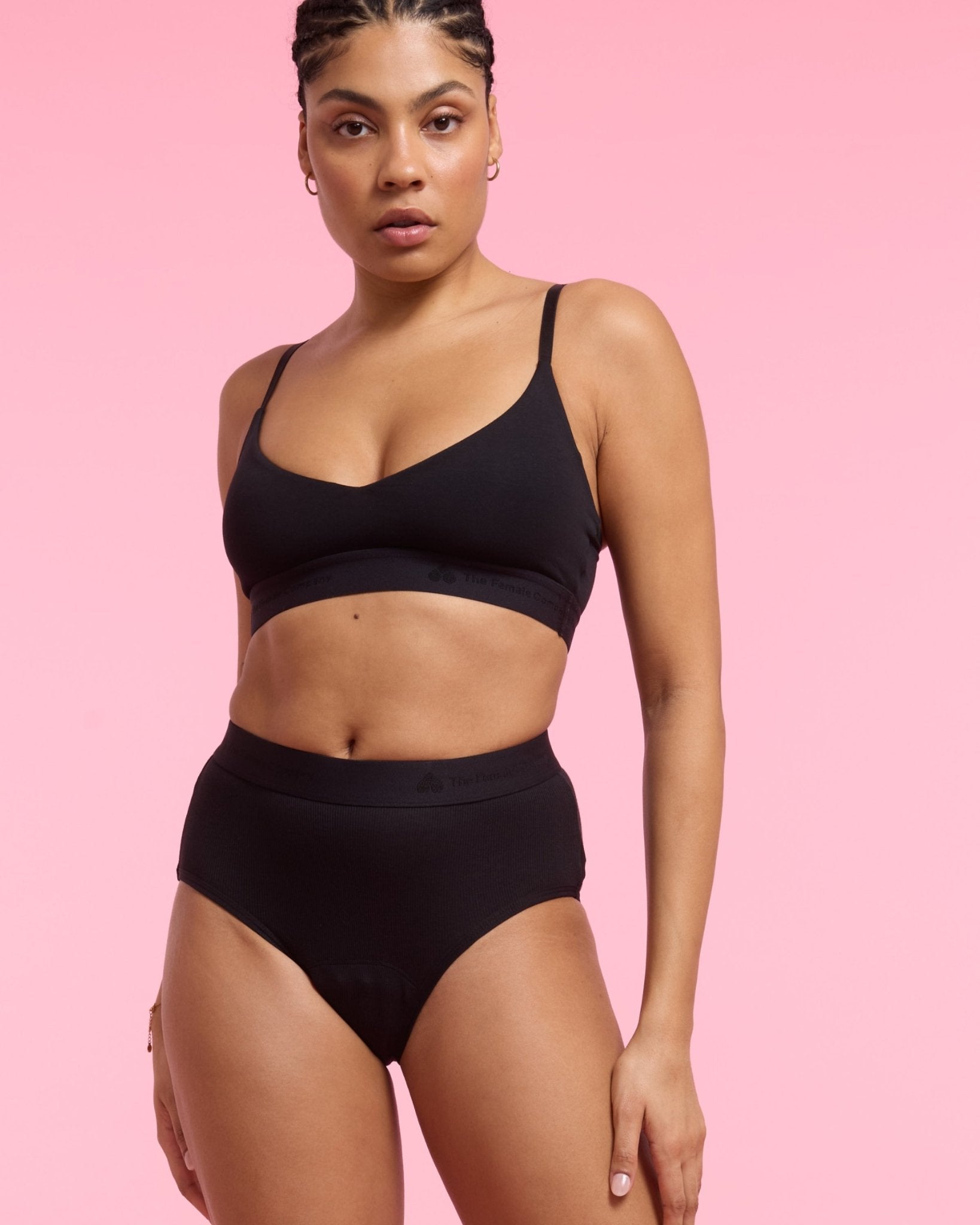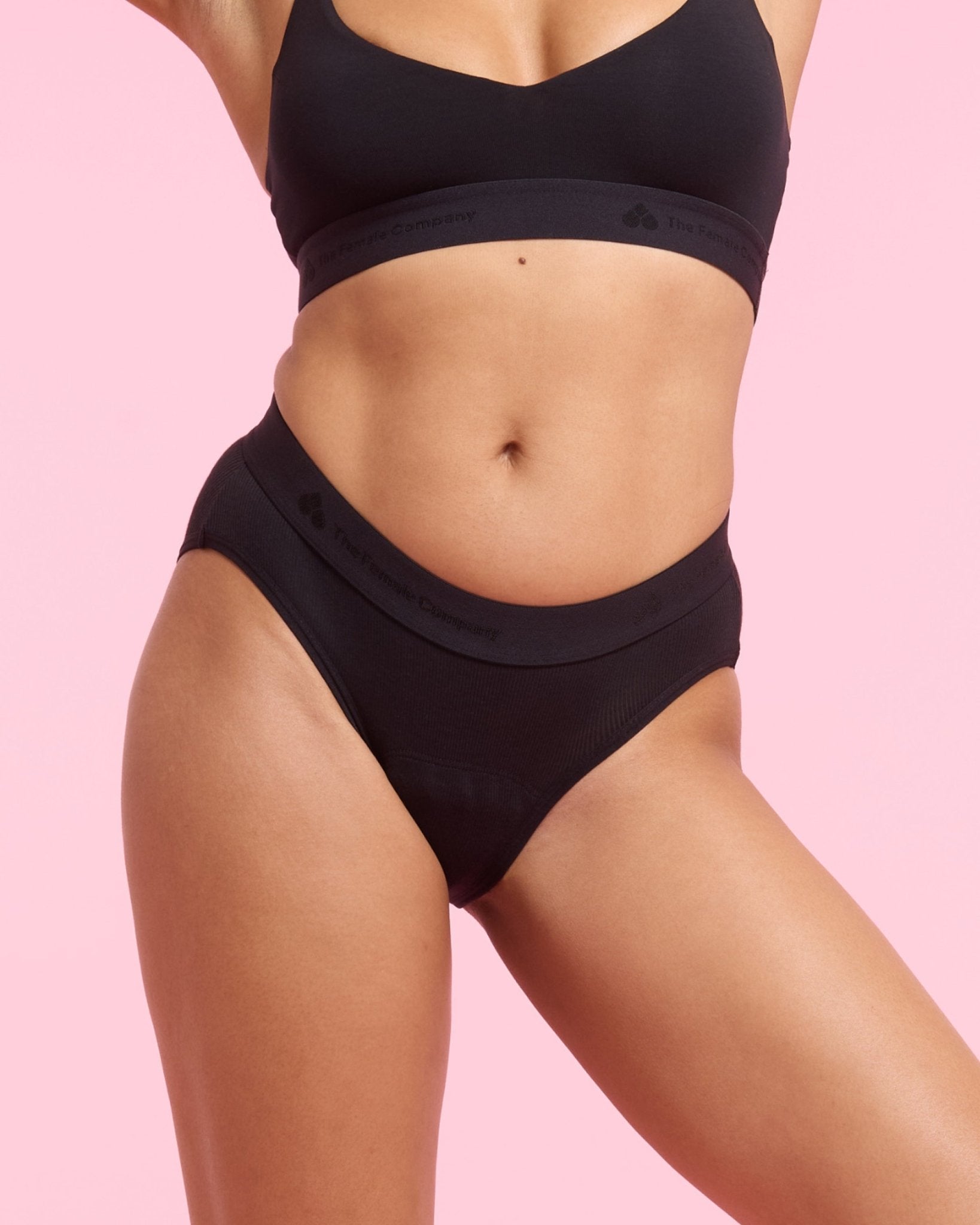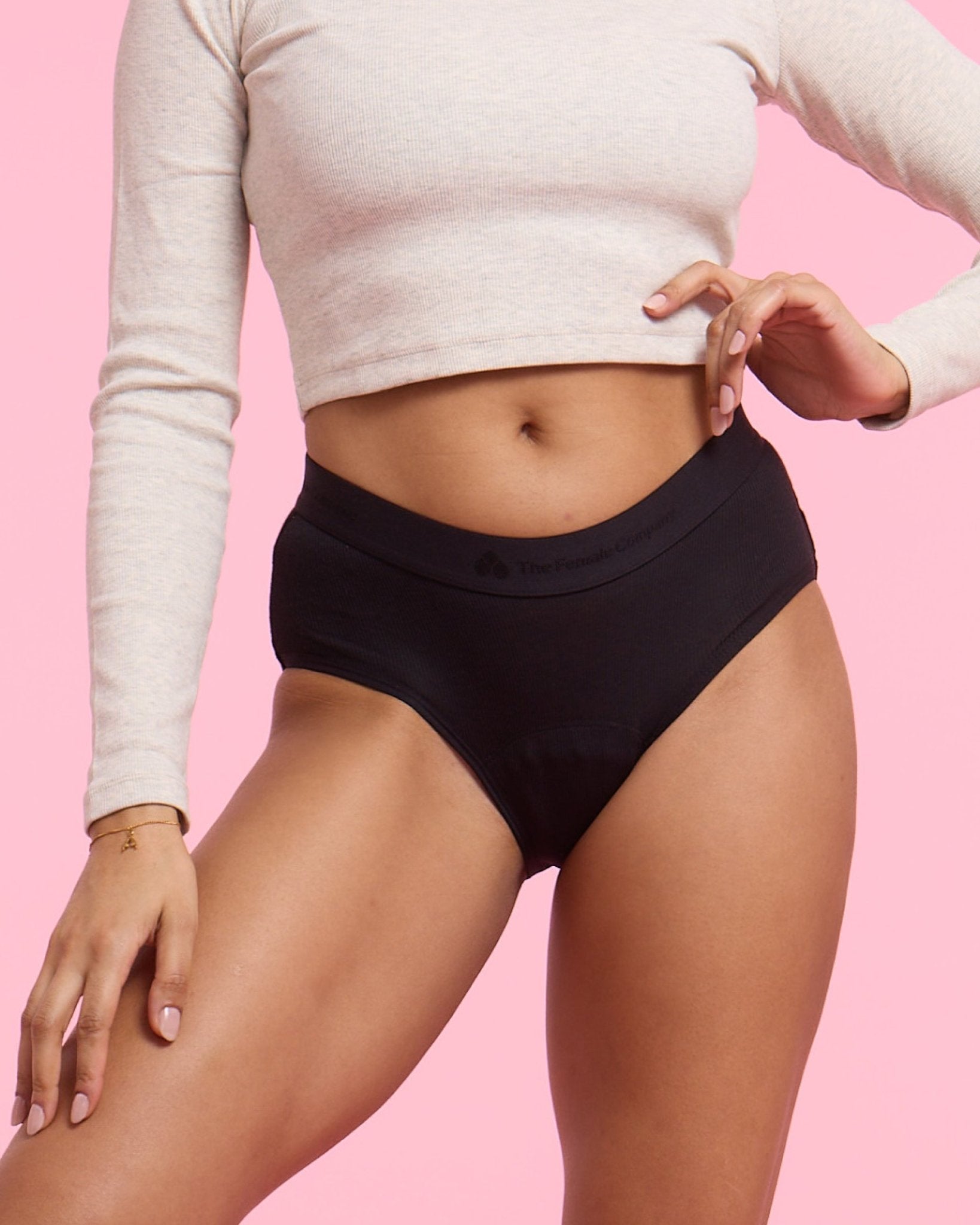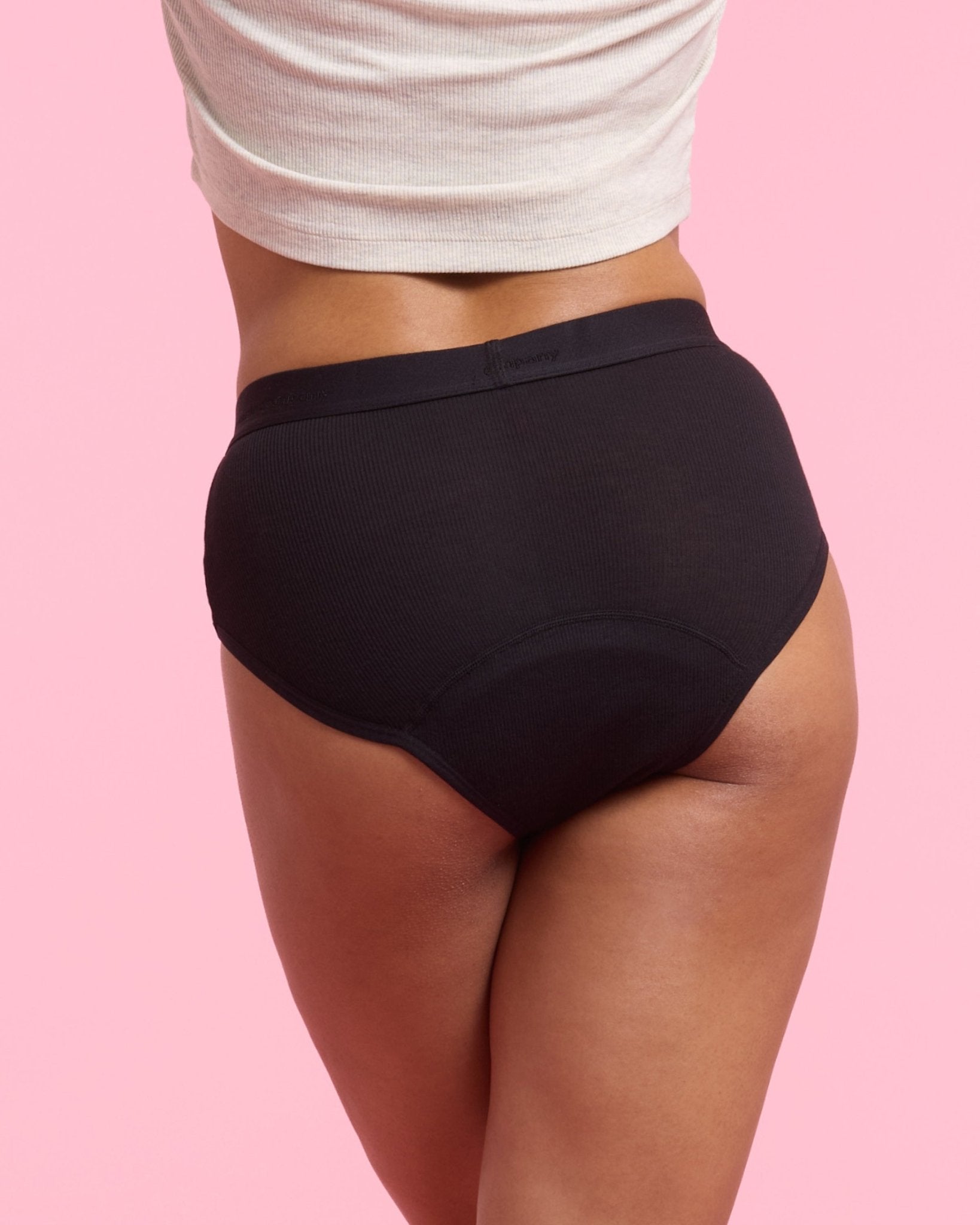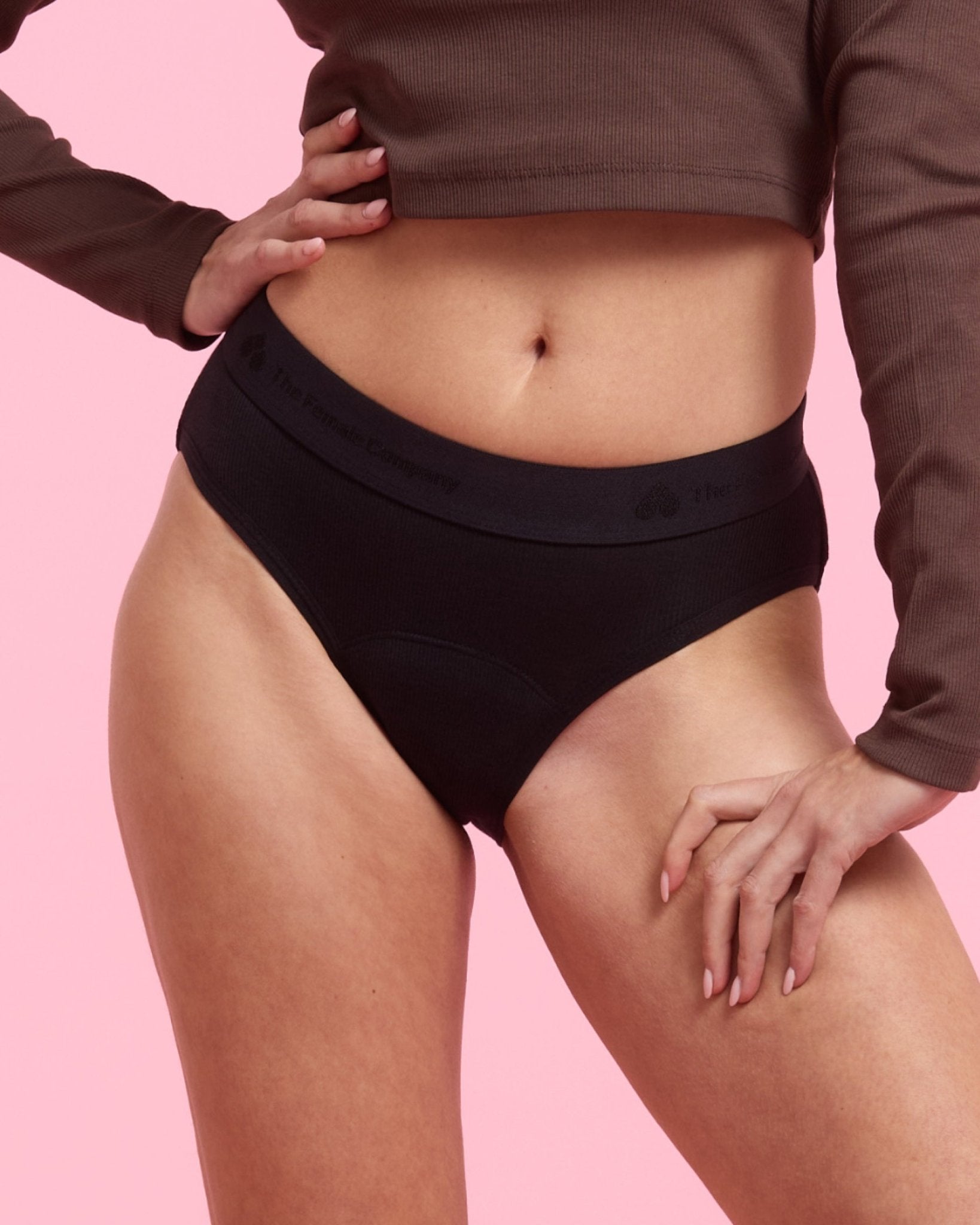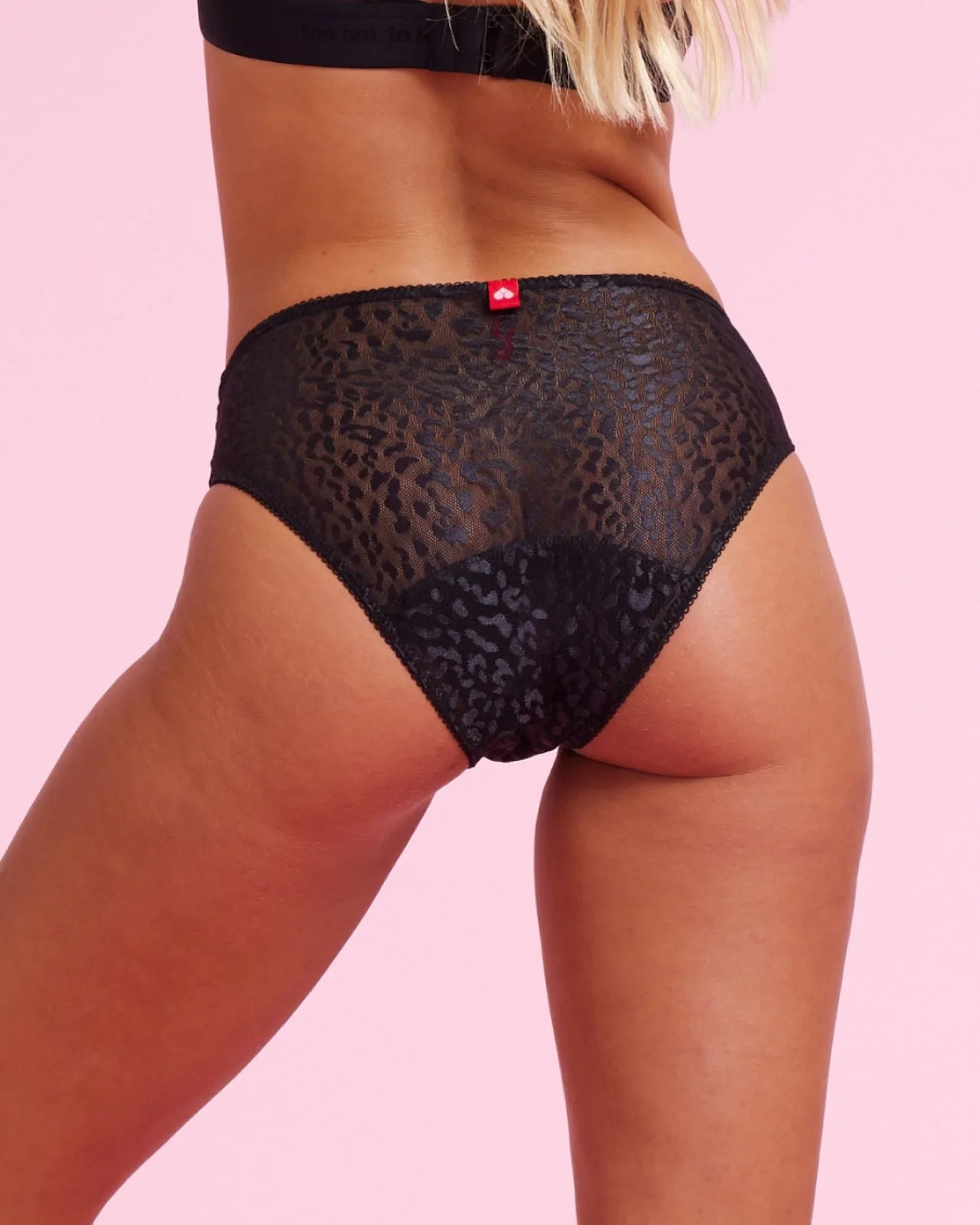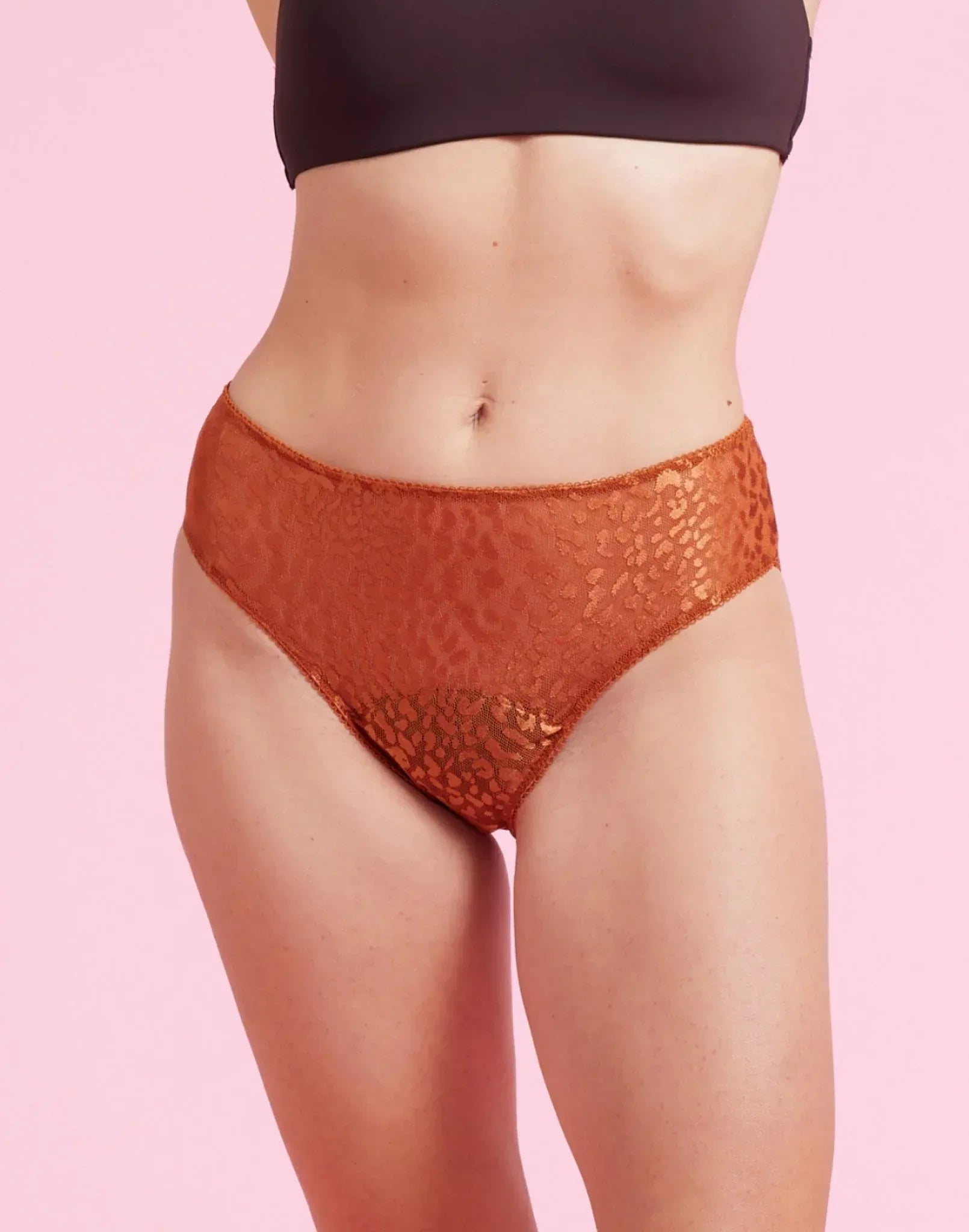Fancy something new?
If you want to switch to a more environmentally friendly alternative to sanitary pads and tampons, menstrual cups are the way to go. So that you feel at least as comfortable with the cups as with our organic tampons, here is the ultimate introduction.
Summary
Menstrual cups have the absolute best capacity - they catch everything that comes out of you.
Proper insertion takes some practice, but is not super complicated.
When used correctly, nothing should pinch or feel uncomfortable - normally you shouldn't even feel the cup.
Table of contents
Contents
1. Insert the menstrual cup correctly
The menstrual cup is folded and inserted into your cervix. There it UNFOLDS and creates a vacuum, which helps to safely collect the menstrual blood.
Before inserting the menstrual cup, it must be boiled!!!
Absolute insider tip: Place the menstrual cup in a whisk so that it does not stick to the pot.
Preparation: Insert the menstrual cup correctly.
Feel the position of your cervix with washed hands.
Found it? It feels like the tip of a nose or a mini donut.
This is where the menstrual blood comes out, which the cup later catches.
Boil the menstrual cup thoroughly before inserting it!
Ready!
2. Step by step instructions
Step 1: Find position
Choose a position that feels good to insert, and feel free to try out different ones. Breathe deeply and relax your muscles.
Step 2: Fold the cup
Now fold the menstrual cup. (You can get an overview of the different folding techniques here)
menstrual cup insertion folding
Tip: There are various folding techniques. It's best to try out several and see which one works best for you. Menstrual cups made of medical silicone are easy to fold.
Step 3: Insert cup
Grip the menstrual cup firmly and guide it to the vagina. When inserting it, you can let go of your ring finger and little finger and use the remaining fingers to push it further up - as far as you can... Make sure that you don't just push it up, but towards the cervix (that's why you should feel it first).
Let go and the cup unfolds by itself!
Insider tip: To make it easier, you can moisten the cup or the vaginal entrance with a little water or lubricant beforehand. Sometimes it also helps to change position.
Step 4: Test for correct fit
Once the cup is inserted, you can gently pull it down a few millimeters to make it unfold better. It is extremely important that the menstrual cup unfolds COMPLETELY anyway. This is the only way a vacuum with negative pressure can form.
To check whether the cup is firmly in place and a vacuum has been created, run your finger around it and test whether the cup is sitting flat against the vaginal wall.
If the cup does not unfold completely, you can turn it a little, press it or pull it downwards. There are also (two) small holes on the top edge of the menstrual cup. These help to create a vacuum.

3. How far is far enough?
The cup does not sit as deep as a tampon. More precisely, it should sit in the middle third of the vagina and NOT directly in front of the cervix. If it sits correctly in the middle of the vagina, the cup will seal against the vaginal wall and a vacuum will form, and you will not feel it when you wear it.
If the menstrual cup is inserted too deeply and directly against the cervix, the vacuum is more difficult to release. The cup could become “stuck”.
Good to know: To better understand where the menstrual cup will sit later, you can try to feel your external cervix with your fingers in advance.
Caution: This can be very sensitive. During menstruation, blood comes out of a small opening - depending on the cycle, this is wider open, smaller, softer or harder. Sometimes it is so high that you cannot feel it.
4. Pain during insertion?
The menstrual cup behaves like a tampon in your vagina - you don't feel anything. However, it can happen that the menstrual cup is inserted too far. This means that it touches the cervix and this can be very uncomfortable or even painful. For this reason, it is even more important that you feel it beforehand and ensure that it fits perfectly.
Once you've done that, you shouldn't feel any pain. You can also go to the toilet with a menstrual cup without worrying. However, you may need to check the seat again afterwards. In particular, you should check whether the vacuum is still there (run your finger around the menstrual cup) to make sure nothing spills.
In some circumstances, wearing a menstrual cup may cause you to have a more frequent urge to pee. However, this is not the case for all women.
5. Menstrual cup after pregnancy?
The menstrual cup can also be used after pregnancy. However, only when your period starts again and the routine examination at the gynecologist was normal. It is important to know, however, that a lot can change after the birth.
To ensure that the menstrual cup does not slip, you should train your pelvic floor. The cervix may also be in a different position or the intensity of the bleeding may change. You may need a different size menstrual cup, which is why The Female Company offers A-cup and D-cup (and this has nothing to do with the cup size).
